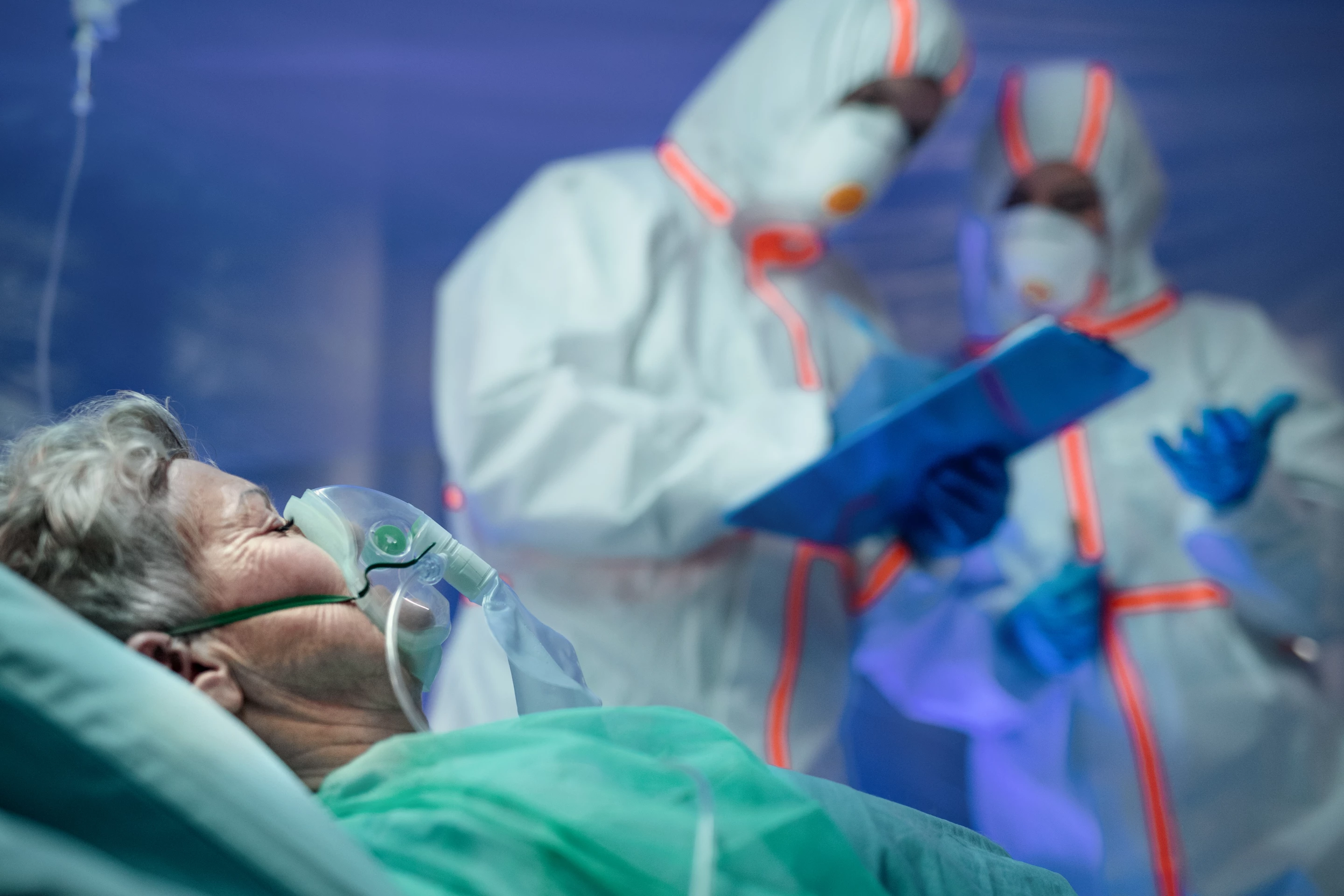A new report from the Centers for Disease Control and Prevention (CDC) has detailed the impact of the Omicron wave on hospitals in the United States. The data indicates disease caused by Omicron may be less severe than prior SARS-CoV-2 variants, but increased transmissibility means the US is facing the heaviest load on its hospitals seen since the pandemic began two years ago.
The new data compared cases, hospitalizations and deaths from the past six weeks of the Omicron wave to the big winter COVID-19 wave in early 2021 and the Delta wave from July to October last year. CDC director Rochelle Walensky explained in a White House press briefing that the data indicates there are signals that Omicron is generating less severe disease compared to prior variants, however, because case loads are five times higher than what was seen during the Delta wave, health care systems are being pushed to their limits.
“Although it’s encouraging that Omicron appears to be causing less severe disease, it’s important to remember that we are still facing a high overall burden of disease,” said Walensky. “Hospitalizations have rapidly increased in a short amount of time, putting a strain on many local health systems. Importantly, 'milder' does not mean 'mild'. And we cannot look past the strain on our health systems and substantial number of deaths – nearing 2,200 a day as a result of the extremely transmissible Omicron variant.”
NEW: #OmicronVariant data compared to summer #DeltaVariant wave:
— Rochelle Walensky, MD, MPH (@CDCDirector) January 26, 2022
➡️Cases 5x higher
➡️Hospitalizations 1.8x higher
➡️Deaths at similar counts
The ratio of hospitalizations & deaths to cases is lower than prior peaks. pic.twitter.com/RWmArs8Oq5
Overall, the CDC report finds event-to-case ratios in the Omicron wave are lower than at any other point in the pandemic. For example, the report found hospitalizations from Omicron infections were seen at a rate of 27 per 1,000 cases. This is notably lower than what was seen during the Delta wave (78 per 1,000) and winter wave (68 per 1,000).
But the sheer scale of Omicron infections ultimately means the “milder” variant leads to greater loads on health care systems. Overall US hospitalizations, for example, recently peaked at more than 160,000 cases in mid-January, smashing the previous peak of around 140,000 a year ago.
A number of states have activated “crisis standards of care” over the past weeks. This means hospitals have begun triaging patients based on the urgency of their needs and in some cases denying care to those who are deemed low-priority.
“Although patients hospitalized during the Omicron period have shorter stays and less frequent ICU admissions, the high volume of hospitalizations resulting from high transmission rates during a short period can strain local health care systems in the United States, and the average daily number of deaths remains substantial,” the authors of the new CDC report write. “This underscores the importance of national emergency preparedness, specifically, hospital surge capacity and the ability to adequately staff local health care systems when critical care needs arise and before the system is overwhelmed.”
Source: CDC




